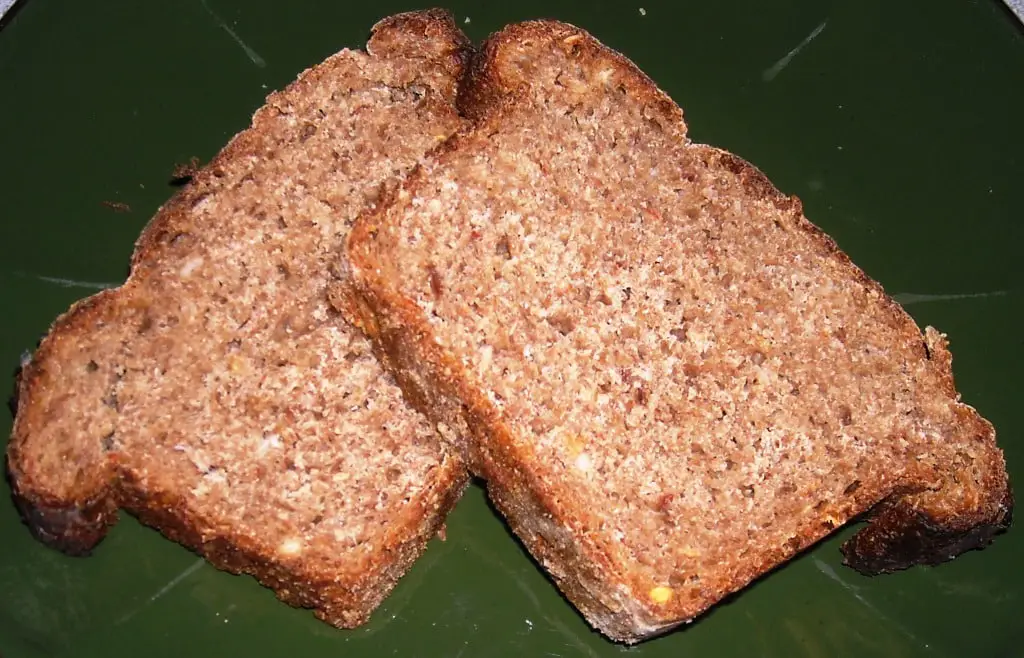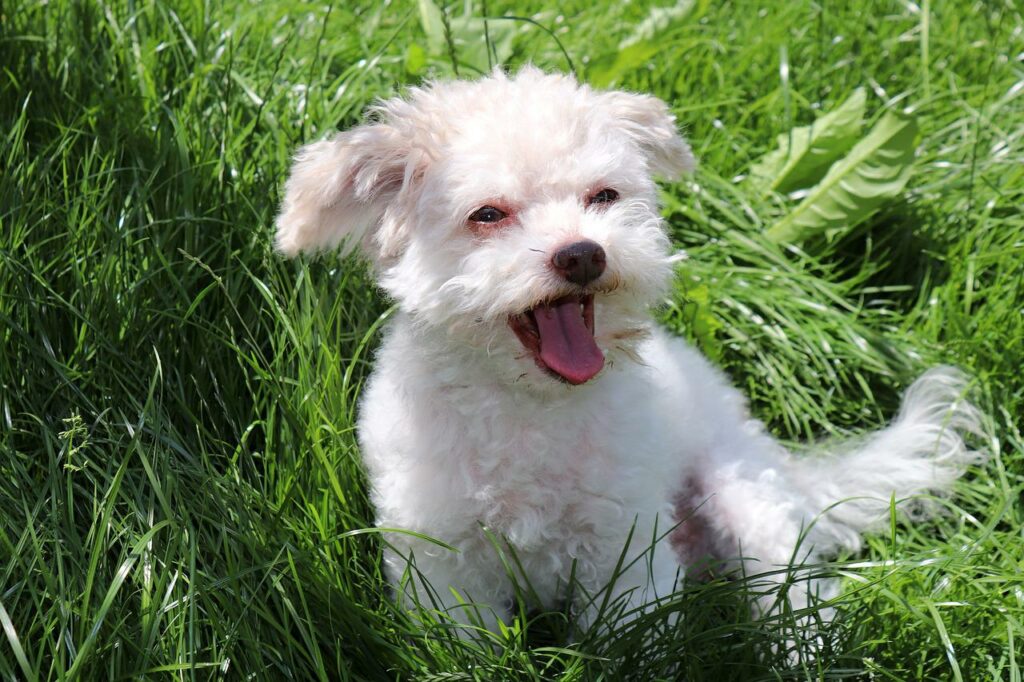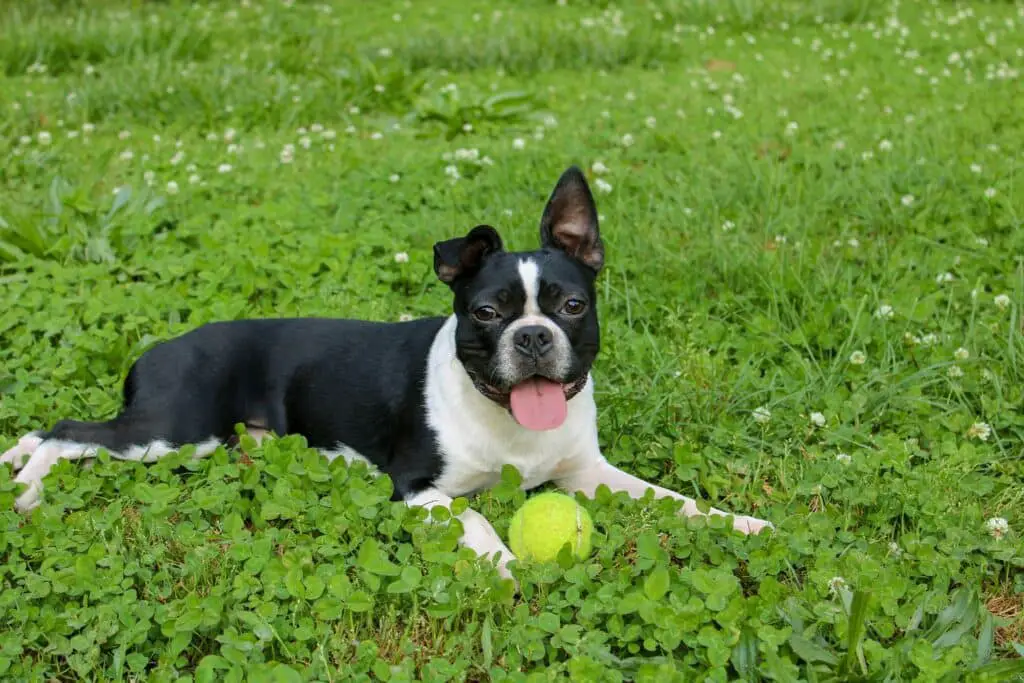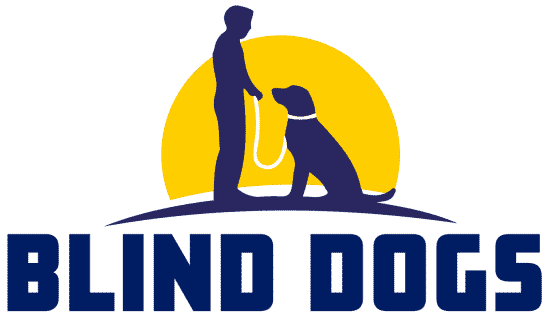It’s cleaning time, so you rush to empty the trash can.
What catches your eyes is unbelievable; the dog is busy feasting on a big moldy bread!
It’s one thing for the dog to eat bread, but a moldy one is unfathomable!
What next now?
Can dogs eat moldy bread?
No, your dog should not feed on moldy bread because it’s toxic and leads to mycotoxins poisoning.
Mold on bread is poisonous, and depending on the amount consumed, the dog could suffer from gastrointestinal upset.
If the toxicity is acute, it could lead to a liver infection.
Mold is found mostly in bad food, especially carbohydrates.
For mold to be formed, conditions like moisture, nutrients, and low temperature must exist.
Read on and learn why mold may be harmful to your dog.

How Does Moldy Bread Come About?
Mold is a fungus, which means its spores are constantly spread in the air.
Bread provides a friendly avenue for the spores to thrive.
Once the spores land on the bread, they build up and multiply, forming a holding.
For the mold formation process to continue, the environment must be right.
The bread should be in a dark, damp place.
The temperatures around should be cool, and there must be enough nutrients to feed the colony of spores.
A slice of bread in a cool location with a limited air supply provides a great environment for the spores to thrive in the spaces on the bread’s surface, forming the hyphae.
The hyphae work the entire bread as long as it’s within the ideal dark, cool, and damp environment.
Bread provides a friendly environment for the mold to thrive since it has starch, a favorite nutrient for the mold as it provides them with energy.
That explains why mold will mostly form on carbohydrates.

Why is Moldy Bread Bad for My Dog?
There are several risks that your dog could be exposed to after feeding on moldy bread.
Some of them include:
Mycotoxin Poisoning
Mold on bread leads to mycotoxicosis, which means harmful toxins in the moldy bread that could negatively affect the dog’s health.
The extent to which the dog is affected depends on the amount of bread consumed, health background, and the mold’s toxicity level.
Signs of mycotoxin poisoning include:
- Vomiting
- Seizures
- Heavy breathing
- Muscle weakness
- Dehydration
- Restlessness
- Fever
- Body weakness
Check out these symptoms after your dog has ingested the moldy bread and act fast.
You could begin by contacting the vet and asking for professional help.
Tremorgenic Mycotoxins
These metabolites that the moldy bread possess affect your dog’s health.
They lead to intoxication and alter the dog’s performance.
Some of the signs of tremorgenic mycotoxicosis include:
- Salivating too much
- Hyperthermia
- Seizures
- Muscle tremors
- Vomiting
- Convulsions
- Ataxia
- hyperactivity
Tremorgenic mycotoxicosis is a serious condition that requires immediate attention to prevent loss of life or organ damage.
Gastrointestinal Upset
Your dog’s entire gastrointestinal system could be affected by the moldy bread.
There will be abdominal pains that make the dog writhe in pain and could bark uncontrollably.
As a result of the poisoning, your dog’s gut system will have problems as the pooch’s digestive system tries to break down the moldy bread.
In addition, the dog could suffer from inflammation during this process due to the acidic moldy bread.
Signs of the gastrointestinal upset include:
- Diarrhea
- Abdominal pain
- Lethargy
- Regurgitation
- Fever
- Loss of appetite
- Flatulence
Gastrointestinal upsets cause havoc for dogs, making them detest feeding, and they may gag anytime you try feeding them.
In addition, it alters their life and makes them lose all their vibrance.
Allergic Reaction
Some dogs could be allergic to the mold in bread, leading to an attack.
Allergic reactions in dogs are a pain.
They make the dog lose its vigor, joy and vibrance.
If your dog has had a run with asthma or compromised respiratory health, you must ensure that your pooch doesn’t consume moldy bread as it could trigger an attack.
If your dog ingested a moldy bread and there’s a reaction, you’ll notice the dog continuously sneezes and has difficulty breathing, panting heavily.

What to Do When a Dog Eats Moldy Bread
Once you start noticing some signs of moldy bread poisoning in your dogs, such as vomiting, diarrhea and seizures, the first thing should be to contact the vet as soon as possible.
The vet will guide you on the way forward and direct you on the first aid to administer before heading to the animal clinic.
Suppose you fail to get hold of the only vet you know; here is how to take care of the furry friend as you prepare for further professional care:
- If you found your dog in the act of consuming the moldy bread, remove the remaining bit in the mouth with a wet cloth
- Administer a few drops of hydrogen peroxide. This will help lower the effects of the toxins in the bread.
- Try getting the dog to vomit to remove the moldy bread before the effects are out of hand. For example, you could trigger the vomiting by feeding the dog meals they detest.
- Constantly hydrate your dog to avoid the risk of dehydration.
After prepping the dog with these, you should head to the animal clinic near you for review.
Depending on the level of toxicity, the vet could detoxify the dog with activated charcoal and administer IV fluids or some prescription drugs to tackle the intoxication.
How Do I Help My Dog Recover After Feeding on Moldy Bread?
After the moldy bread effects have been tackled, you need to gradually get the dog back to its eating schedule.
Due to the vomiting and diarrhea the dog could have been subjected to, it may lose appetite and
detest feeding, so you should be easy on the dog.
Feed the pooch soft meals such as chicken soup and rice, or slowly introduce the pooch to their favorite dog meal to get it in the feeding spirit.
Conclusion
Moldy bread is toxic to both humans and dogs.
Don’t even try salvaging the unaffected part of the bread.
Just discard it to avoid the repercussions.
Dogs are natural hunters.
They will scavenge all corners of your home, trying out all edible and inedible stuff.
It’s, therefore, your duty as the pet owner to properly store bread and prevent mold from growing.
Discard the bread properly where the dog can’t access it even in your absence.
A happy, healthy dog begets a jolly pet owner.
- What Dog Breeds Have Pink Skin? - March 24, 2023
- What Are the Most Inspiring Dog Breeding Quotes? - March 20, 2023
- Can Pheromone Spray Help Improve Dog Breeding Results? - March 19, 2023








